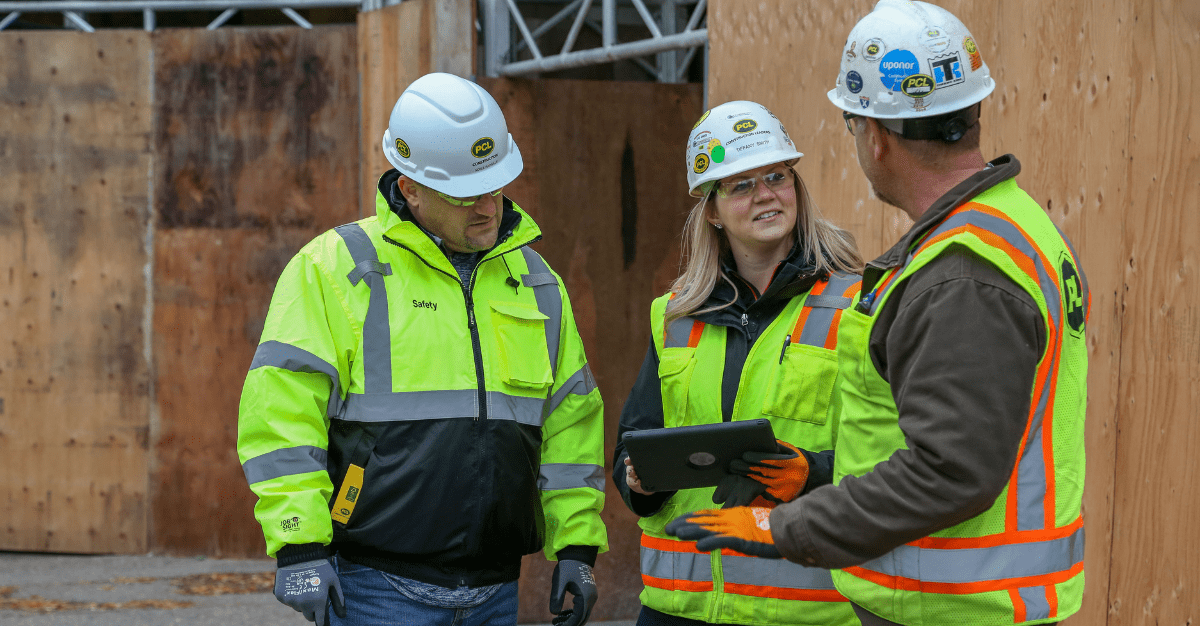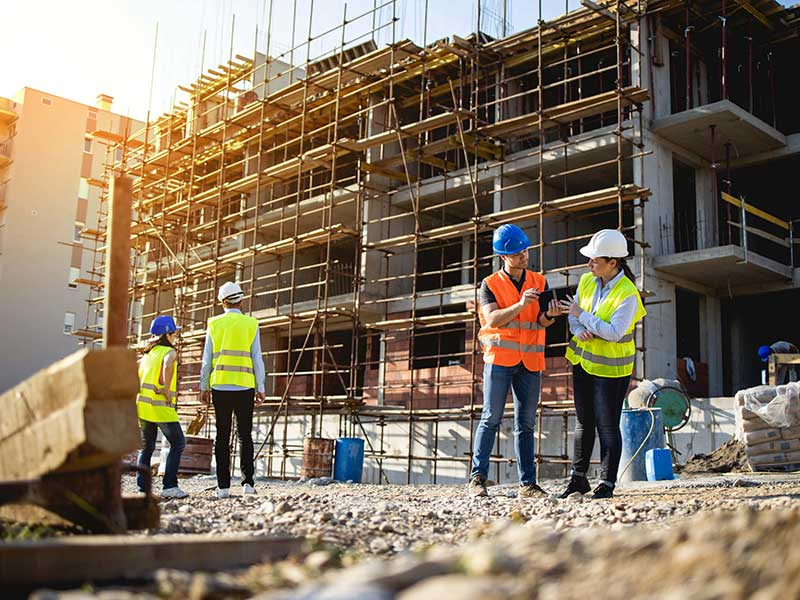
Top Industries
Quick Links
Subscribe Now
Join Thousands of Industry Leaders!
Copyright © 2025 Companies in UAE. All rights reserved.
May 10, 2025
companies.uae

What commonalities exist between Toronto’s tall skyscrapers, Vancouver’s sustainable homes, and large-scale infrastructure projects all over Alberta? Behind every one of them is a strong network of Canadian construction companies that forward the country’s development. But this sector is a vibrant ecology of invention, resilience, and opportunity—not only about concrete and cranes.
Whether your firm is looking for dependable contractors, an investor looking at prospects, or a professional investigating career paths, knowing the building scene of Canada is crucial. Beyond basic knowledge, this piece investigates how Canadian construction companies—both physically and symbolically—are determining the course of the country.
The building sector is pillar of the Canadian economy, not only of bricks and plans. With over 1.4 million individuals employed across the country, the building industry adds about 7.5% to Canada’s GDP based on recent figures.
From roads, bridges, and public infrastructure to homes and businesses, Canadian construction enterprises are critical for both urban growth and rural renewal. Along with building buildings, they foster communities, boost regional businesses, and inspire innovation in environmentally friendly building techniques.
As Canada is large and varied, so is its building sector. Every area presents different possibilities, problems, and needs.
Construction businesses frequently participate in major infrastructure and energy projects in Alberta, British Columbia, and Saskatchewan. Important expenditures in this area are pipelines, wind farms, and public transportation. Specifically British Columbia is excelling in sustainable urban design and green development.
The biggest urban centres in the nation are found in Ontario and Quebec. Condominiums, business skyscrapers, and transit systems are exploding in Toronto and Montreal. Here, construction businesses are navigating complicated zoning rules and environmental norms while sprinting to fulfil demand.
In Nova Scotia, Newfoundland, and New Brunswick, building mostly concentrates on tourism infrastructure, healthcare institutions, and residential development. Modernising old sites and creating strong coastal communities depends much on local building companies.
Remote settings and severe temperatures make building in Yukon, North-west Territories, and Nunavut especially difficult. Nonetheless, businesses operating here lead the way in modular construction
Canadian building firms are adopting a tsunami of revolutionary ideas if they are to keep ahead of the curve:
Canadian construction companies work in many verticals. The most active industries are listed here:
Choosing the appropriate partner could either make or ruin your success if you are a stakeholder organising a project. These main elements should help you assess:
Discover the changing landscape of construction companies in Canada. From regional insights to top trends, get the secret to this explosive sector.

Join Thousands of Industry Leaders!
Copyright © 2025 Companies in UAE. All rights reserved.